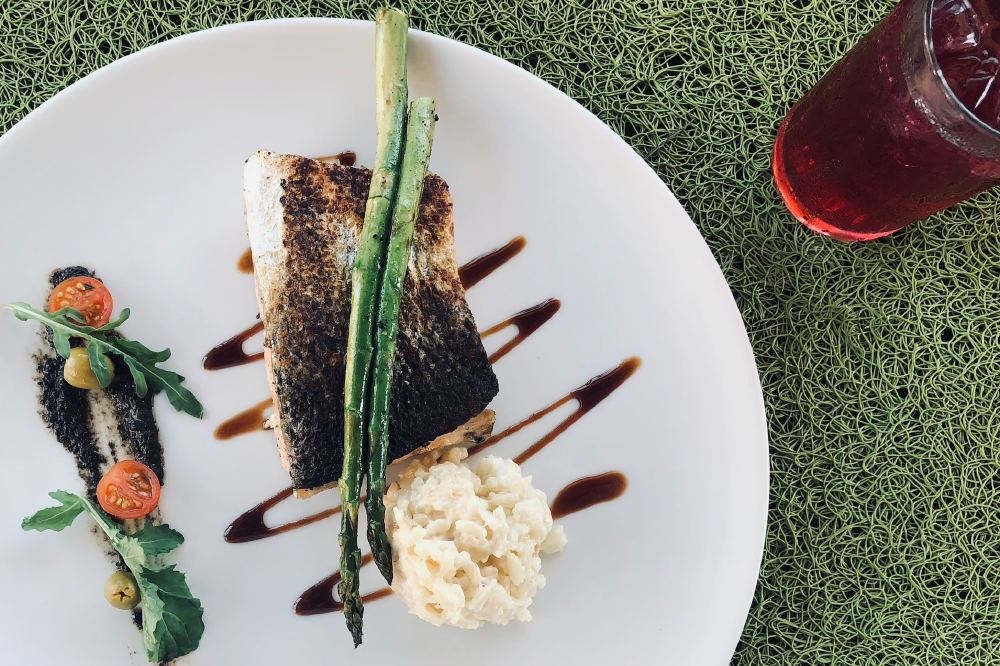Food isn’t just about enjoying yourself with a delicious meal. Presentation is, arguably, as crucial as the food itself. This is especially true when you’re creative in the kitchen because trying new ingredients can create a visual mess.

Food Art credit Sydney Rae unsplash
This is when aesthetic plating kicks in. It can turn a regular dish into a work of art and enhance enjoyment. Is it necessary, though? Are there any differences when you eat something with such a visual appeal?
Meals Are More Than Ingredients
You probably went through this more than once. You sit at the table, ready to enjoy something that is supposed to be delicious. However, regarding first impressions, your meal leaves much to be desired.
There’s a mish-mash of colours and textures, and what’s that? Dried fruits? Is that a salad, or should it be part of that other thing? Should that orange thing be floating? Even though the meal might be delightful to your taste buds, it’s not the same experience.
According to scientific studies, plating in itself influences the aesthetic evaluations of a dish, including how much diners are willing to pay for it. It’s a logical conclusion. After all, a meal at a restaurant is an encompassing experience beyond the quality of the food.
How To Master Food Creativity and Plating
Even though junk food can be addictive, there’s no replacement for a fine meal at a nice restaurant. This is even more true when you enjoy an artful plate since you likely don’t go to such efforts at home.
However, making delicious and visually enticing food is not that complicated, and we’ll go through some ideas next.
Composition
First, visual appeal is critical because it conveys a sense of quality and culinary expertise, besides elevating the perception of the chef. To achieve this, you can use the rule of thirds.
It means to divide the plate into nine “cubes”. Arrange the primary components along the intersections. Then, you shouldn’t forget about using contrasting colours and don’t be afraid to be bold, such as adding edible flowers or colourful fruits.
Don’t forget about verticality because it’ll allow you to do some layering. You can stack food vertically or experiment with the ingredients to create visual appeal and make the dish less “flat”.
Try using complementary elements such as herbs or citrus zest if you can. Sprinkling them can enhance the aesthetic appeal and add texture and colour.
Consider the plate and utensils
If food is the painting, the plate and other elements are the canvas. It’s essential to use plates that are larger than the food so you can use negative space. This means leaving parts purposely bare or sparse so you have a focal point.
While at it, you can use the borders for sauces, purees or garnishes so the dish gets more defined. They frame the dish and offer an easy way to enhance it visually.
Finally, utensil position is also important. For instance, you can place them next to or on the plate for a different visual effect. If you want to display creativity, you can place them in an unconventional manner to enhance the effect.

